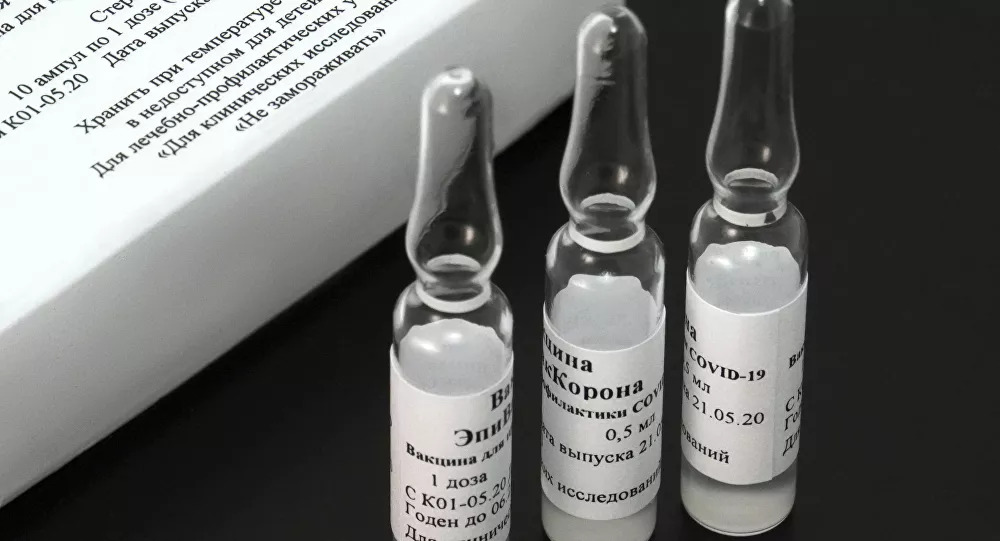February 13 The R value of the UK’s coronavirus infection rate fell to between 0.7 and 0.9 on the 12th, the first time since July last year.
The latest data released by the Office for National Statistics on the same day showed that after the reintroducement of the national pandemic blockade, the R value of the UK’s coronavirus infection rate fell below 1 to 0.7 and 0.9 for the first time since July last year; London’s lowest, with the R value fell between 0.6 and 0.8.
The R value of infection rate refers to the statistical value of how many people a virus infected person transmits the virus to.
When this number is higher than 1, the pandemic will multiply.
The latest signs of a slowdown in the UK’s coronavirus outbreak have fallen below 1, according to the Scientific Advisory Group on Emergencies (SAGE) that the infection rate has dropped below 1.
According to the latest data, on the 12th, the number of new cases in a single day in the UK reached 15,144, bringing the total number of cases to 4013,799, 758 new deaths in a single day, and a total death toll of 116,287.
The number of hospitalized COVID-19 patients is the lowest level since December 29.
According to analysis, the peak of the coronavirus pandemic in the United Kingdom has passed, and the rapid vaccination of the coronavirus vaccine in high-risk groups has had a significant positive effect on curbing the development of the pandemic.
At present, the British government is fully promoting rapid vaccination of the coronavirus vaccine, and plans to complete the first dose of vaccine for 15 million people in four high-risk key groups by February 15.
On the 12th, the number of people completing the first dose of coronavirus vaccine in the UK exceeded 14 million, reaching 14012,224 people and 53094 people completing the second dose.



